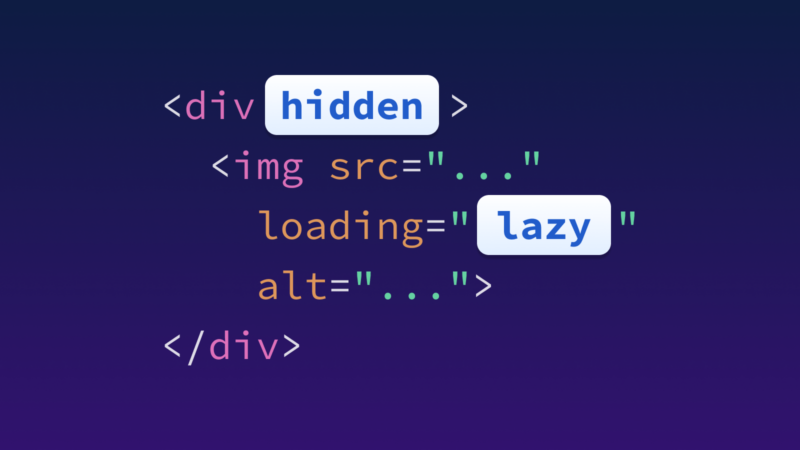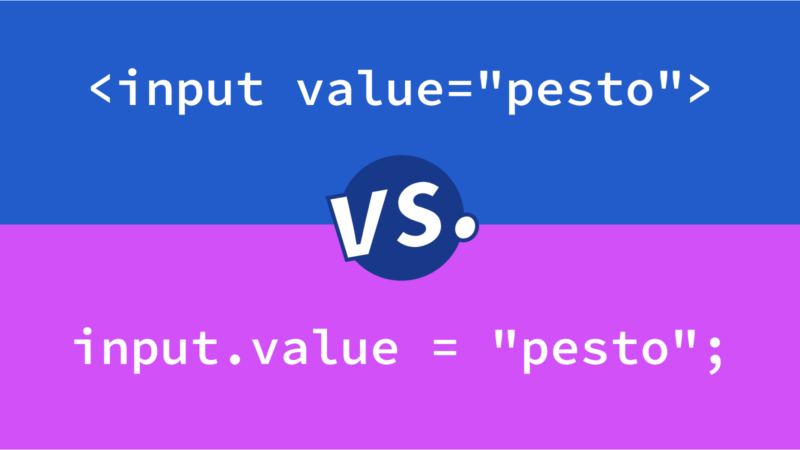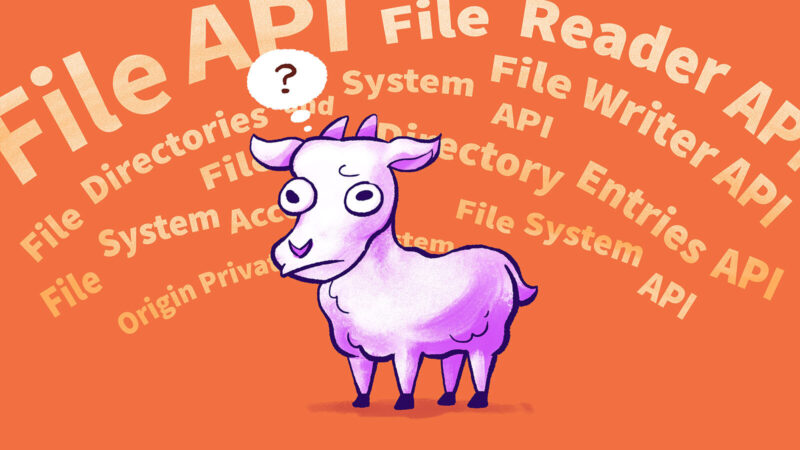Simple One-Time Passcode Inputs

Fully functional OTP entry may be easier than you think.
You appear to be offline, some content may be unavailable.

Fully functional OTP entry may be easier than you think.

I had a blast chatting with Chris and Dave on my personal favorite podcast about building websites.

It can be surprising for new clients to see just how much of our design process happens in HTML, CSS and (light) JavaScript.

A few years ago, browsers implemented a standard way of lazy loading images. The standard was a huge boon because it was straightforward to use and less code than JavaScript solutions. Unfortunately, when it was…

Attributes and properties allow you to control how HTML elements function and read data about their state. Although the terms are often used interchangeably, subtle differences between the two can lead to unexpected behavior and bugs.

Everyone loves animated GIFs, right? Not if you have finite bandwidth, a shaky network connection or motion sensitivity! But fear not… modern browsers make it easier than ever to level up our GIF game!

There are many APIs that interact with the file system, and figuring out what they all do can be deeply frustrating. Don’t give up! I’m here to help.

Apple is removing access to Home Screen web apps for all browsers including Safari. We talk to Bruce Lawson about what this means and what web developers can do about it.

How do you embed 3D models in web pages? How do you do so without slowing down your site? We’ll review the file formats, 3D model viewers, user experience, optimizations, and proposed future web standards.

Hooray! iOS 17.4 will support alternative browser engines—but only in the EU. What does that mean for web developers in the rest of the world?